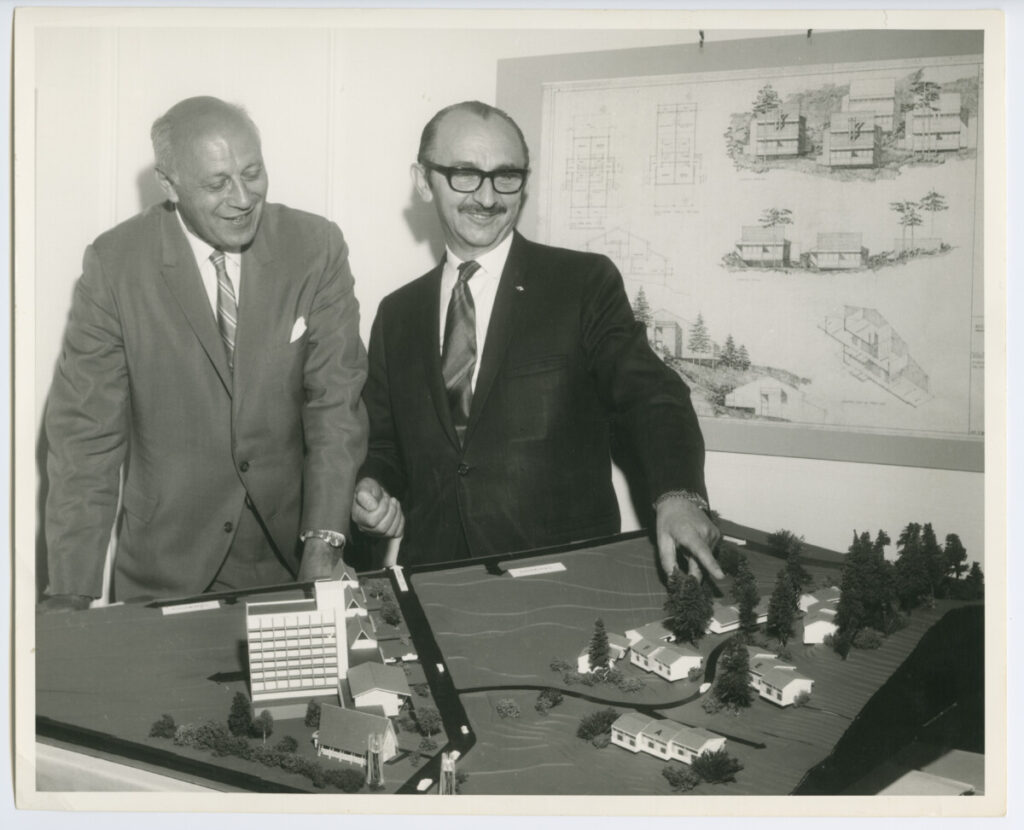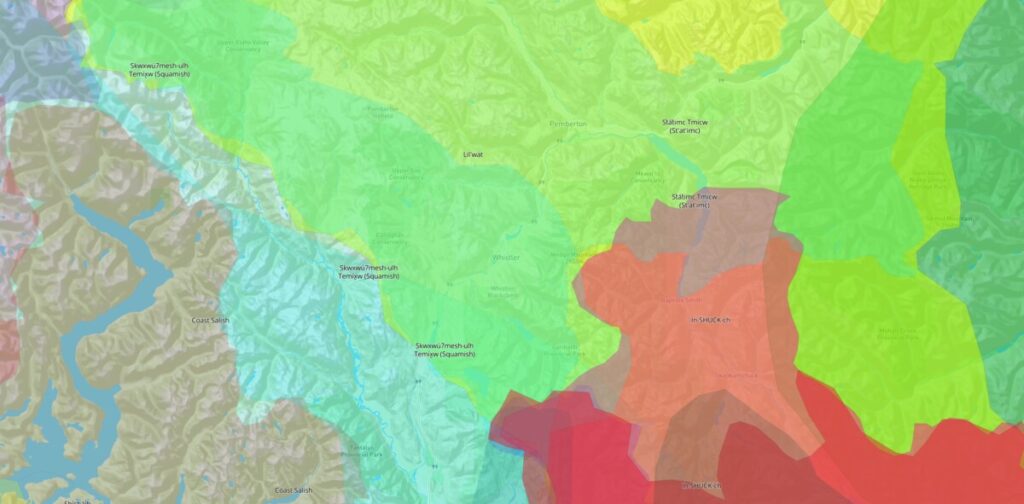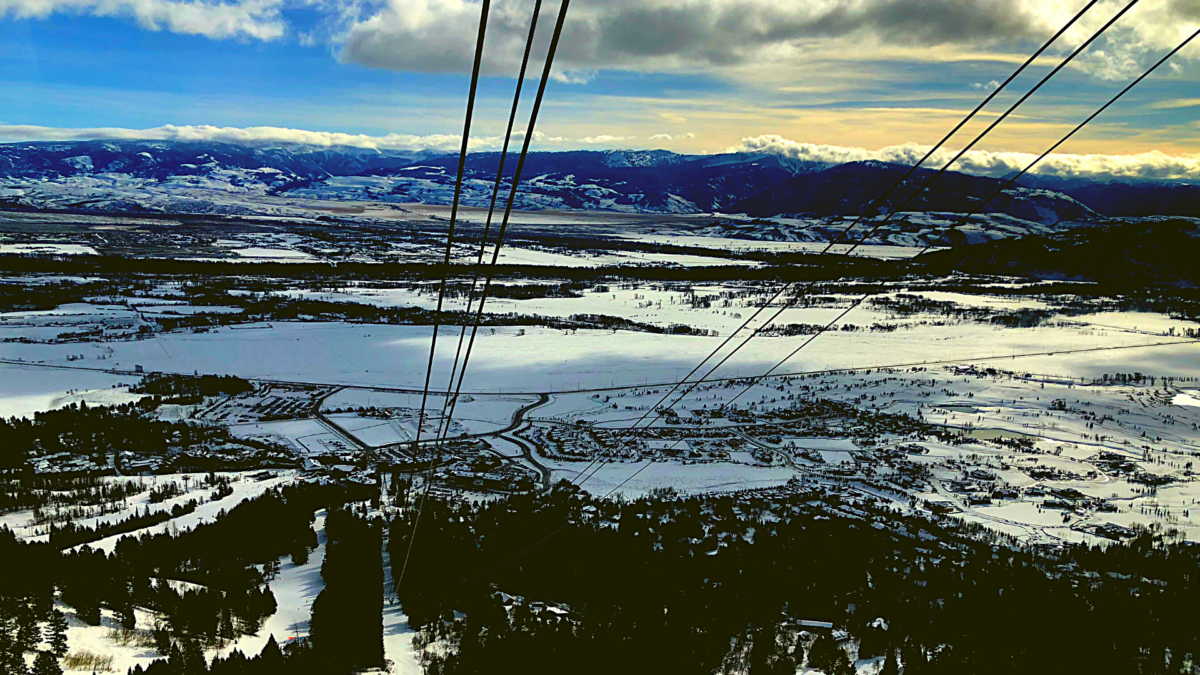
(Photo: Whistler Museum, copyright. Used with permission)
My project will be focused on how First Nations communities were treated during the inception and construction of Whistler, and how that led to conflicts between the two groups. To investigate this topic, one must understand that the Canadian government held a discriminatory viewpoint towards First Nations communities during the time when Whistler was being built. Laws and acts were implemented to restrict the freedom of First Nations people so that their voices were never heard. Therefore, First Nations communities, especially the Lil’wat and Squamish Nations of the Coast Salish Aboriginal People, who originally lived in Whistler, were never involved in choosing the geographical location of Whistler, but rather it was decided by a group of Vancouver businessmen with the goal of winning the bid for the 1968 Winter Olympics. In other words, the businessmen had no regard for the First Nations communities and the fact that they were the original owners of the land before they were colonized out of their homes. I will explore more about the history of Whistler and its relationship with the First Nations communities over the past 50 years.

Photo: Eric Qian, copyright
Bibliography:
Alcantara, Christopher. Negotiating the Deal: Comprehensive Land Claims Agreements In Canada. University of Toronto Press, 2018.
A Regional Perspective on the BC Economy . Brief overview of BC’s economy and how it has changed over time – an introduction to BC’s economy – BC’s economy – A guide to the BC economy and labour market. (n.d.). Retrieved April 17, 2022, from https://www.guidetobceconomy.org/bcs_economy/brief_overview.htm
“Celebrating Whistler’s Olympic Milestones .” WHISTORICAL, 18 Feb. 2020, https://blog.whistlermuseum.org/tag/garibaldi-olympic-development-association/.
Curry, John, et al. “Land Claim and Treaty Negotiations in British Columbia, Canada: Implications for First Nations Land and Self-Governance.” The Canadian Geographer, vol. 58, no. 3, Blackwell Publishing Ltd, 2014, pp. 291–304, https://doi.org/10.1111/cag.12088.
De Bruin, T., Posluns , M., & Hall , A. (2006, February 7). Assembly of First Nations. TheCanadian Encyclopedia. Retrieved April 30, 2022, from https://www.thecanadianencyclopedia.ca/en/article/assembly-of-first-nations
Gadacz, René. “First Nations.” The Canadian Encyclopedia, 7 Feb. 2006, https://www.thecanadianencyclopedia.ca/en/article/firstnations#:~:text=In%201982%2C%20the%20National%20Indian,as%20founding%20nations%20of%20Canada.
Harris, Cole. A Bounded Land: Reflections On Settler Colonialism In Canada. UBC Press, 2020.
Little, J. I. At the Wilderness Edge: the Rise of the Antidevelopment Movement On Canada’s West Coast. McGill-Queen’s University Press, 2019.
Malone, Molly, and Libby Chisholm. “Indigenous Territory.” The Canadian Encyclopedia, 5 July 2016, https://www.thecanadianencyclopedia.ca/en/article/indigenous-territory.
Rees, William. “Canada’s First Nations.” History Today, Oct. 2018, https://www.historytoday.com/history-matters/canada%E2%80%99s-first-nations.
“Toward a Successful Shared Future for Canada.” Government of Canada, July 2018, https://www.sshrc-crsh.gc.ca/society-societe/community-communite/ifca-iac/03-aboriginal_peoples_in_Canada_report-les_peuples_autochtones_en_Canada_rapport-eng.aspx.
“The Shared Territories: Lil’Wat Nation and Squamish Nation.” Resort Municipality of Whistler, 29 Oct. 2021, https://www.whistler.ca/about/shared-territories-lilwat-and-squamish-nations.
Welsh, Deborah, et al. “Whistler.” The Canadian Encyclopedia, 1 Sept. 2008, https://www.thecanadianencyclopedia.ca/en/article/whistler.
Wyatt, Stephen. “First Nations, Forest Lands, and Aboriginal Forestry in Canada: From Exclusion to Comanagement and Beyond.” Canadian Journal of Forest Research, vol. 38, no. 2, NRC Research Press, 2008, pp. 171–80, https://doi.org/10.1139/X07-214.
Acknowledgements: I would like to thank Professor Judith Miller for teaching the course about the history of skiing and the Whistler Museum for allowing me to use the image from their archive.
